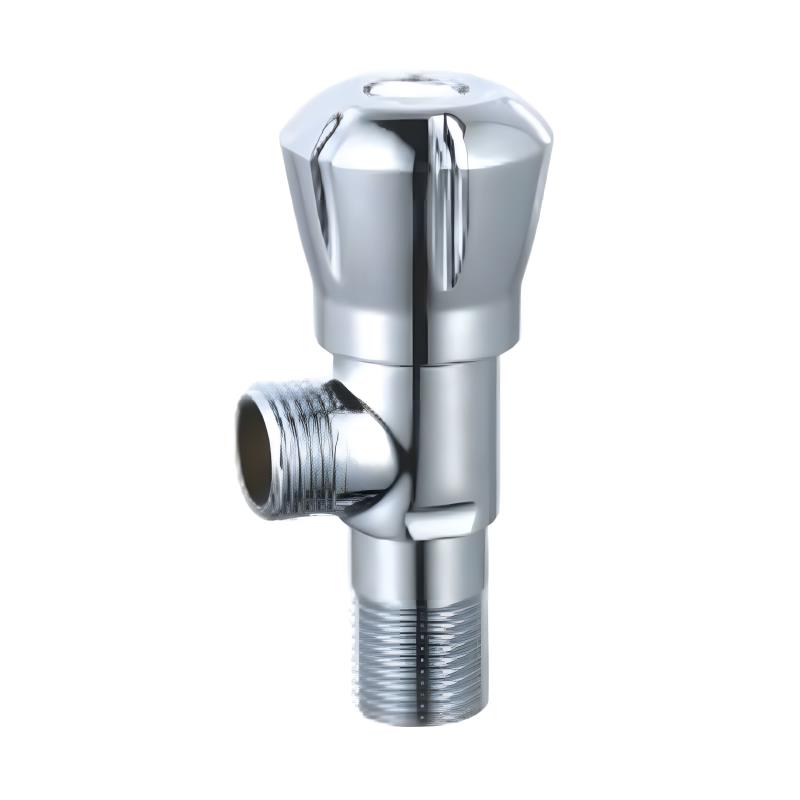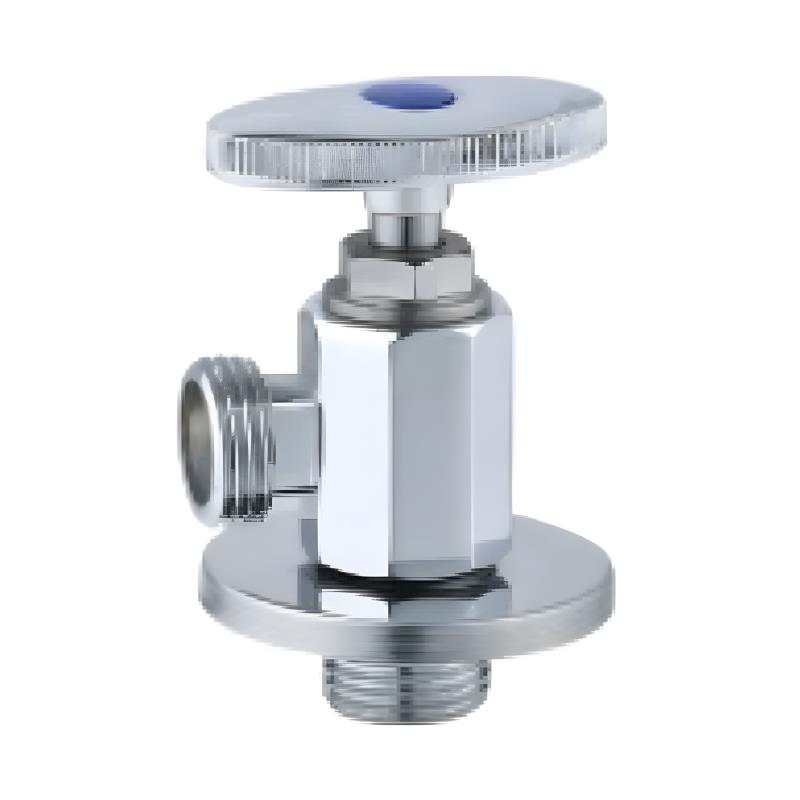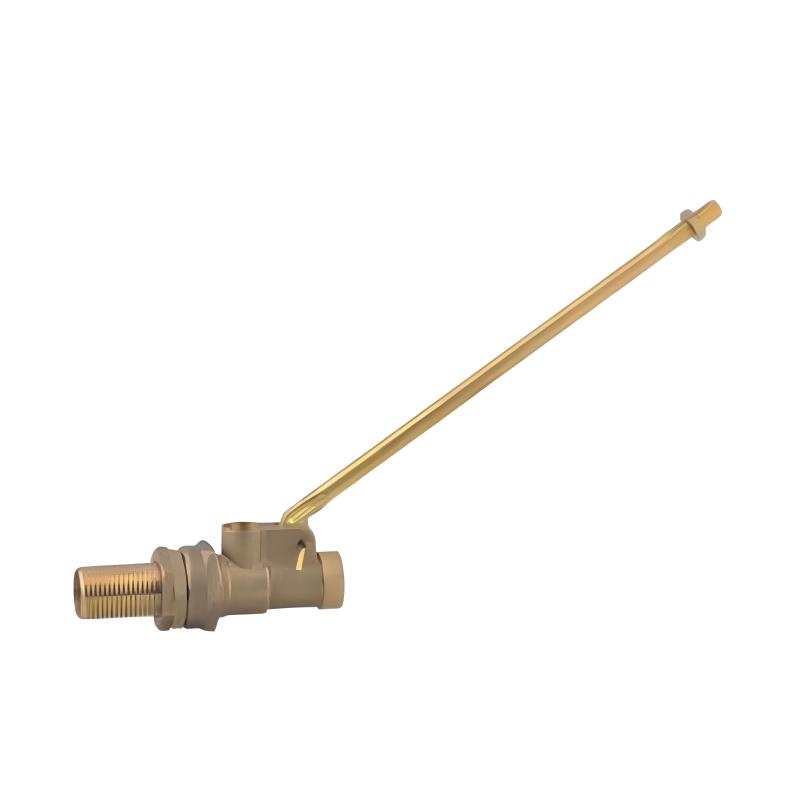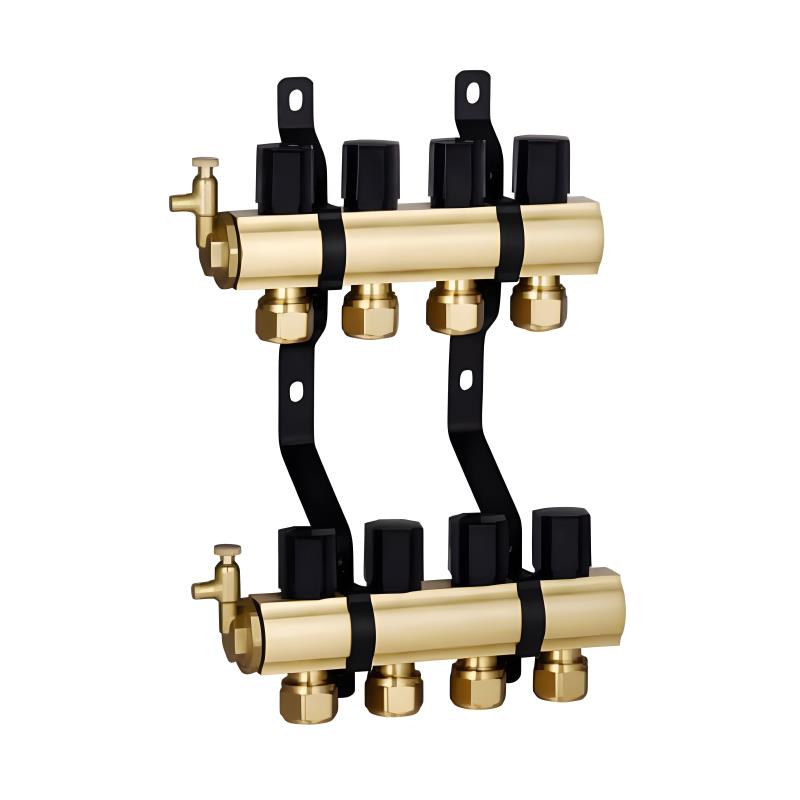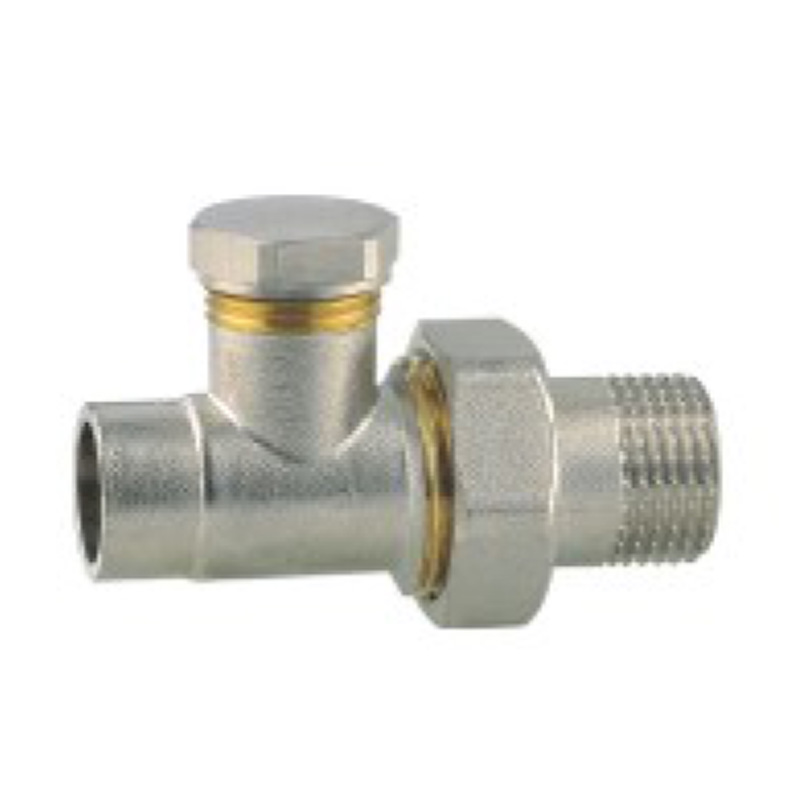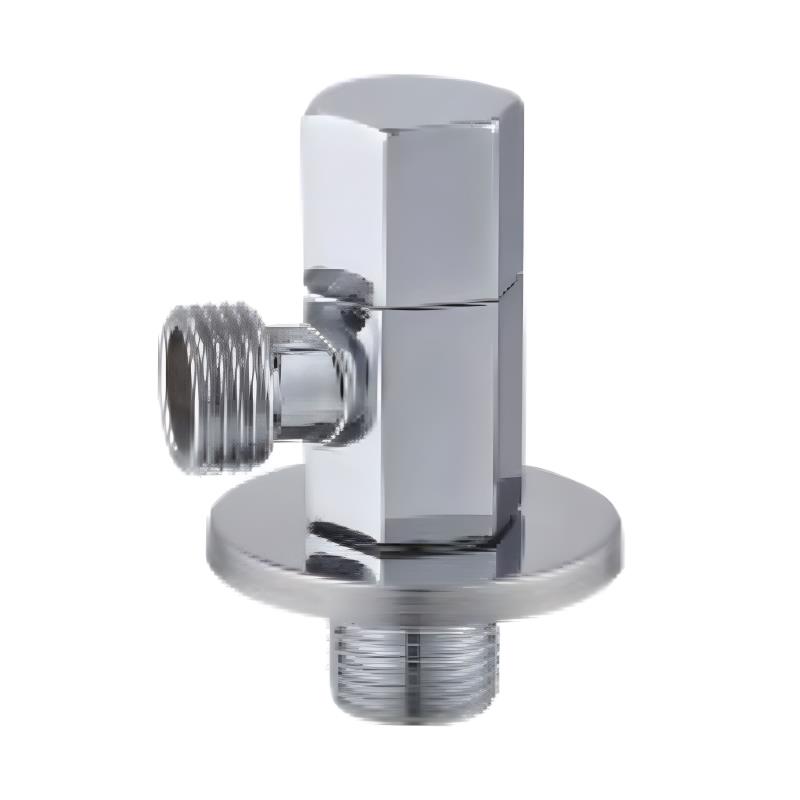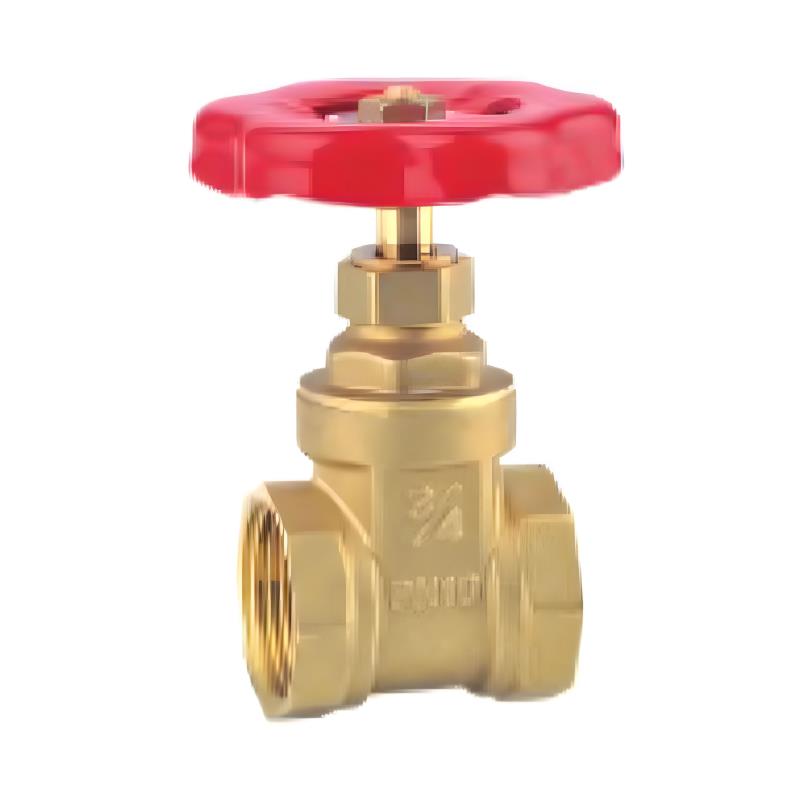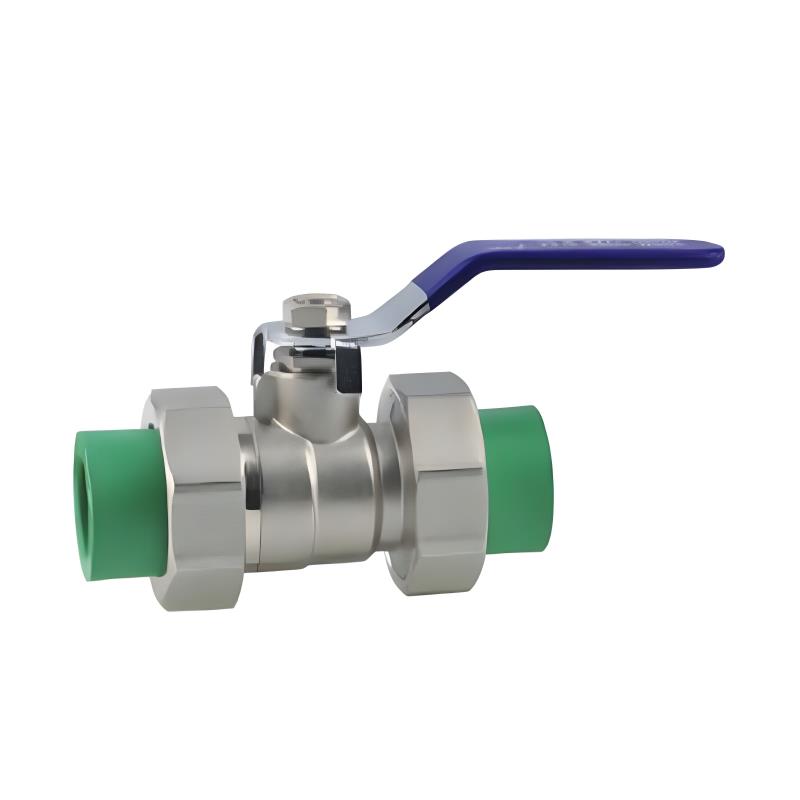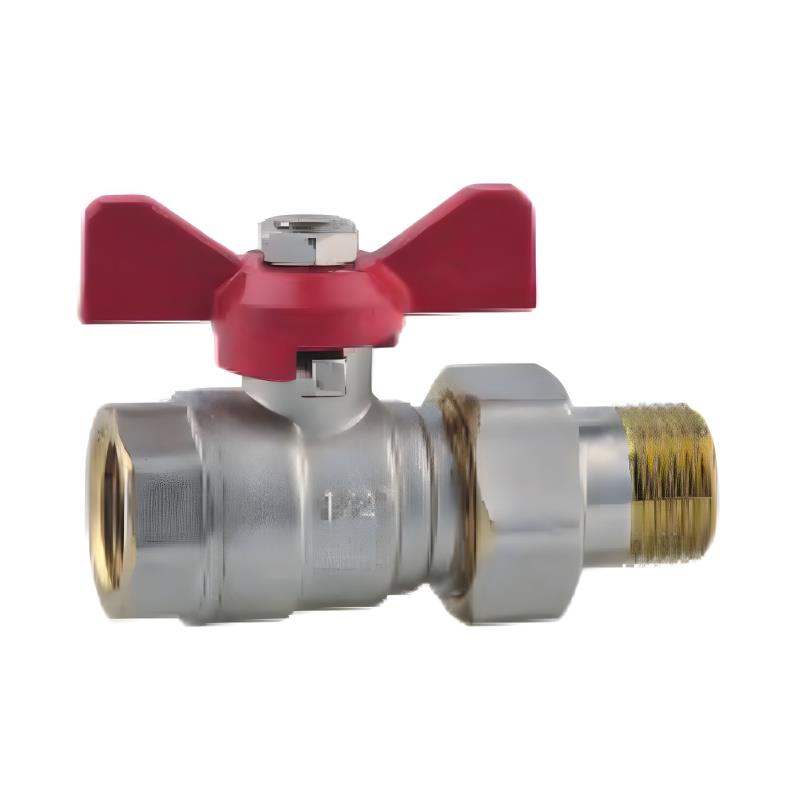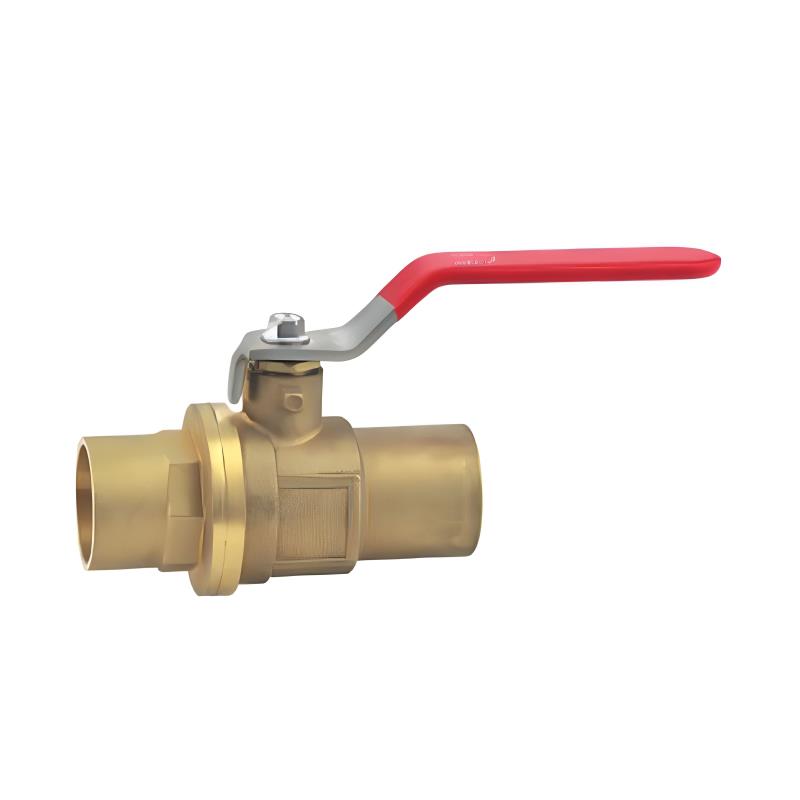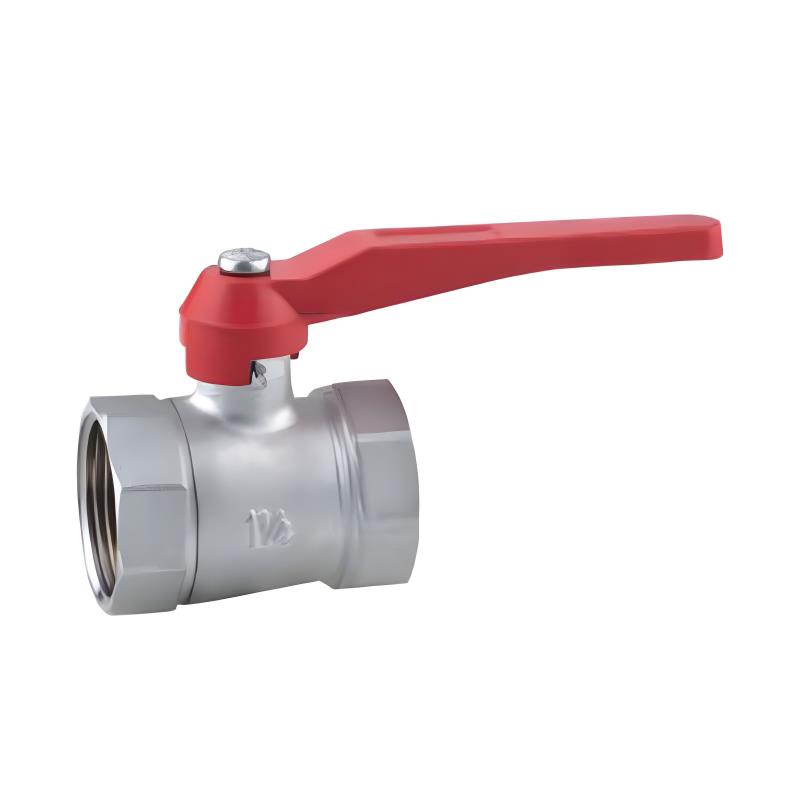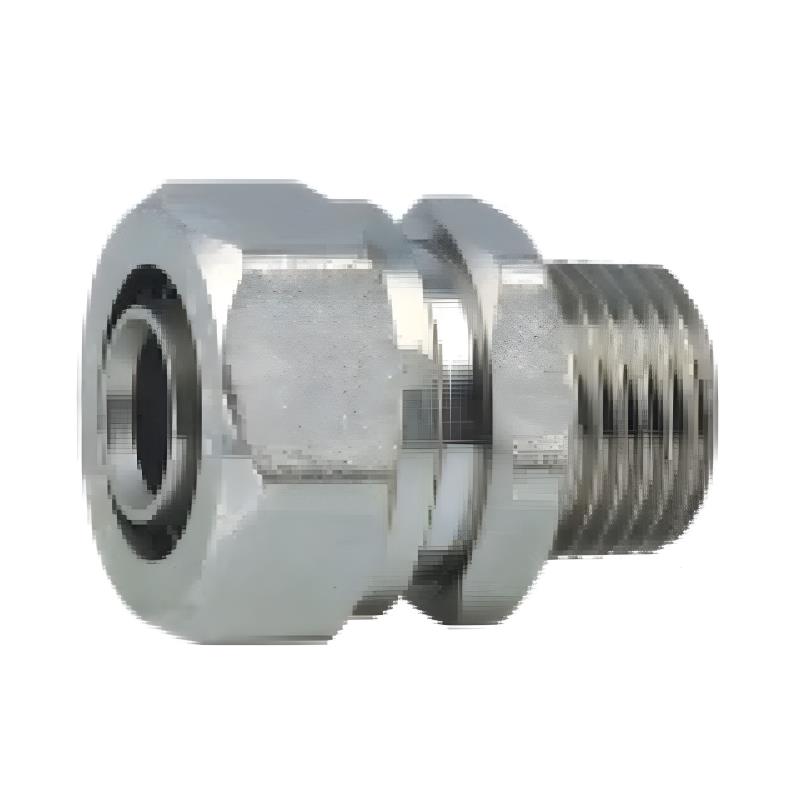Submit feedback
The Crucial Role of Material Selection in Angle Gate Valves
China Right Angle Gate Valve Manufacturer
Angle Gate Valves, a critical component in the world of fluid control, are designed to regulate, control, and direct the flow of various substances through pipelines. These valves are widely used in industries such as water treatment, oil and gas, and chemical processing due to their ability to provide tight shut-off and minimal flow restriction. However, the performance and longevity of these valves are heavily influenced by the materials from which they are constructed. This article delves into the common materials used for Angle Gate Valves—cast steel, stainless steel, and copper alloys—and explores how these materials impact the valves' corrosion resistance, pressure resistance, and overall service life.
The Material Landscape
Angle Gate Valves are available in a variety of materials, each with its own set of properties that make it suitable for specific applications. Understanding these properties is essential for selecting the most appropriate valve for a given system.
1. Cast Steel
Cast steel is a popular choice for Angle Gate Valves due to its strength and durability. This material is particularly well-suited for high-pressure applications where the valve must withstand significant stress. Cast steel valves are known for their ability to handle large-pressure differentials, making them ideal for use in demanding industrial settings. However, cast steel is more susceptible to corrosion in certain environments, which can limit its use in applications where corrosive fluids are present.
2. Stainless Steel
Stainless steel is a versatile material that offers a balance of strength, corrosion resistance, and cost-effectiveness. It is an alloy that contains at least 10.5% chromium, which allows it to form a protective oxide layer on its surface, thereby resisting corrosion. Angle Gate Valves made from stainless steel are widely used in environments where contact with chemicals, water, and other potentially corrosive substances is common. The material's resistance to corrosion makes stainless steel Angle Gate Valves a popular choice in food processing, pharmaceutical, and water treatment industries.
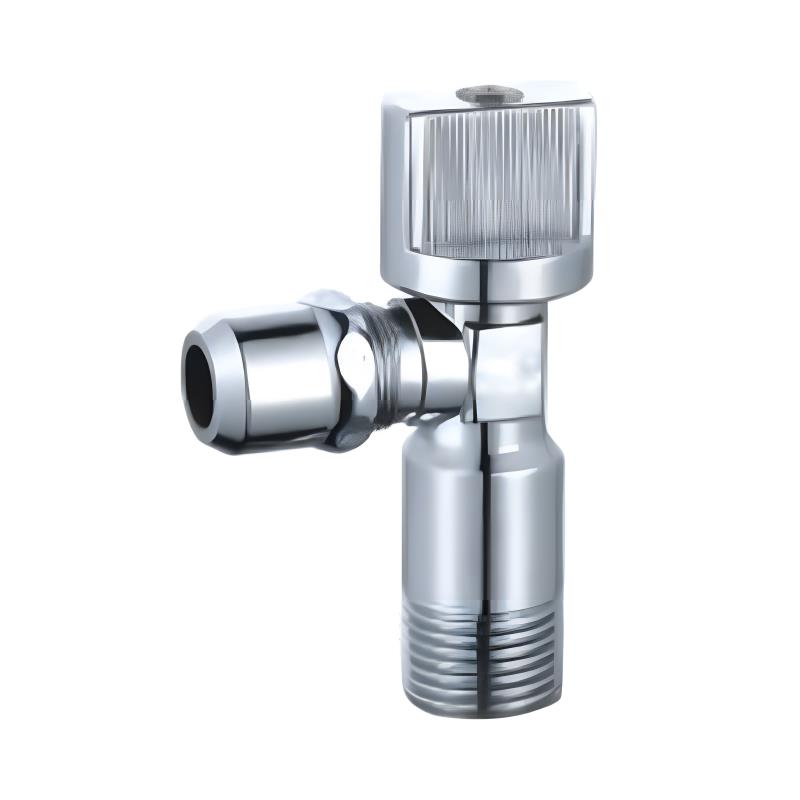
3. Copper Alloys
Copper alloys, such as brass and bronze, are used for Angle Gate Valves where resistance to dezincification and corrosion is required. These materials are known for their excellent resistance to erosion and cavitation, which makes them suitable for high-velocity fluids. Copper alloys are also resistant to a wide range of chemicals, making them a good choice for chemical processing plants. However, they may not be as strong as steel or stainless steel, which can limit their use in high-pressure applications.
The Impact on Corrosion Resistance
Corrosion resistance is a critical factor in the longevity of Angle Gate Valves. Materials like stainless steel and copper alloys offer superior resistance to corrosive environments, which can significantly extend the service life of the valve. In contrast, cast steel may require additional protection, such as protective coatings or linings, to prevent corrosion in aggressive environments.
Pressure Resistance and Durability
The material's ability to withstand pressure is another key consideration for Angle Gate Valves. Cast steel and stainless steel are both strong materials that can handle high pressures, making them suitable for applications where the valve must control the flow of fluids under high pressure. Copper alloys, while less resistant to pressure, can still perform well in lower-pressure applications and are particularly useful when resistance to erosion is a concern.
Service Life and Maintenance
The service life of an Angle Gate Valve is directly related to the material's ability to resist wear, corrosion, and fatigue. Stainless steel and copper alloy valves tend to have longer service lives due to their inherent resistance to these factors. Cast steel valves, while strong, may require more frequent maintenance and inspection to ensure they remain in good working condition.
In summary, the choice of material for Angle Gate Valves is a critical decision that can impact the valve's performance, durability, and suitability for specific applications. Cast steel, stainless steel, and copper alloys each offer unique benefits and drawbacks that must be considered when selecting a valve. By understanding the properties of these materials and how they affect the valves' corrosion resistance, pressure resistance, and service life, engineers and specifiers can make informed decisions that ensure the long-term reliability and efficiency of their fluid control systems.
Angle Gate Valves are a cornerstone in many industrial processes, and their material selection is paramount to their success. Whether it's the strength of cast steel, the corrosion resistance of stainless steel, or the erosion resistance of copper alloys, each material plays a crucial role in determining the performance and longevity of Angle Gate Valves. As industries continue to evolve and new challenges arise, the importance of material selection in Angle Gate Valves will only grow, ensuring that these valves remain a vital component in the world of fluid control.
 +86-13989680588
+86-13989680588 graylin@hongjiavalve.com
graylin@hongjiavalve.com 
